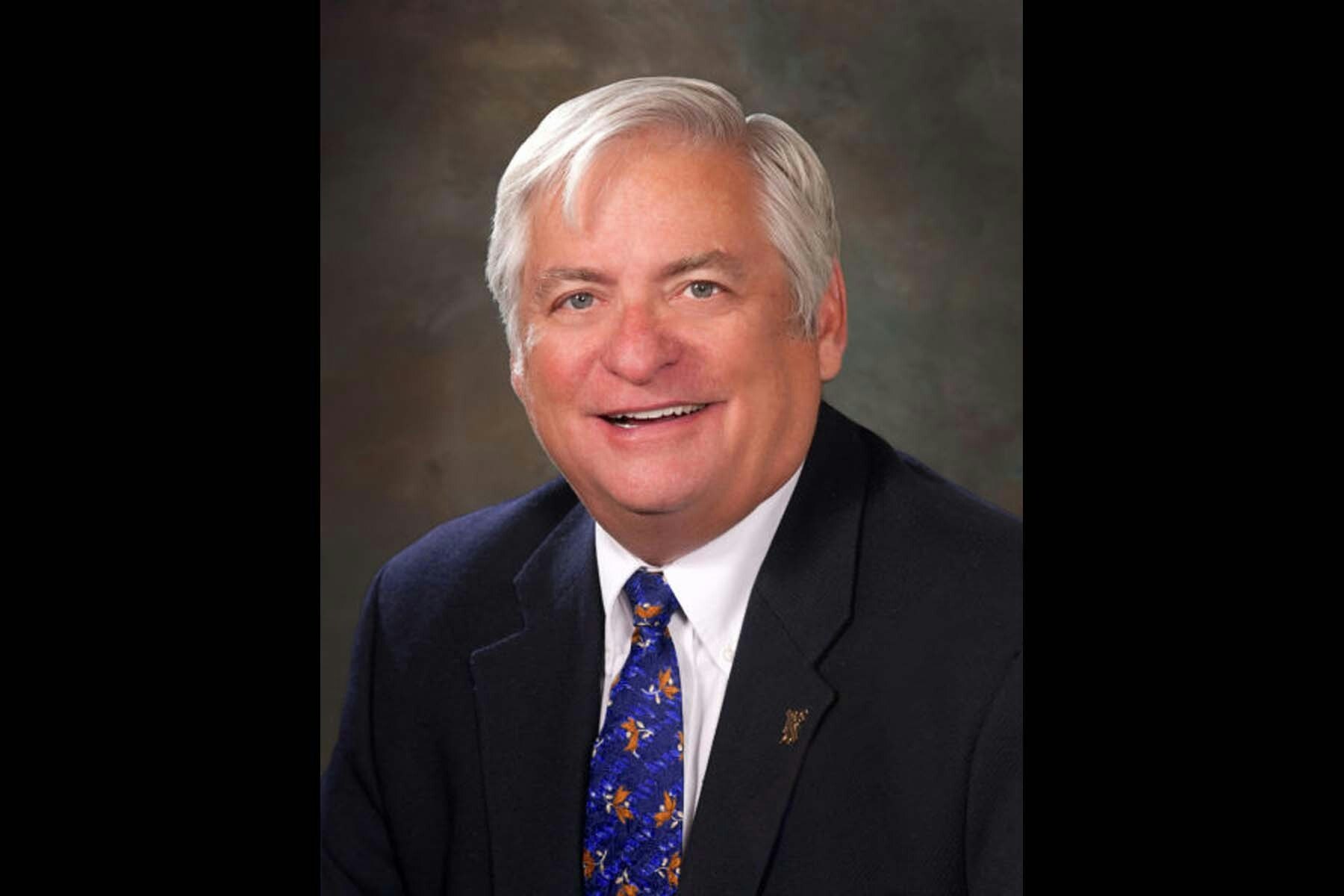By Bill Sniffin, publisher emeritus
No doubt about it – we are getting more wind today than ever before in history. Right. I heard people saying that all over Wyoming, in Utah, in Nevada, and even in Dallas, Texas during this long windy spring.
No matter where we have been over the past few months, local winds have almost blown us away.
My topic today is about traveling all around the Wild, Wild, West by car and by motorhome, and let me tell you, the wind is blowing everywhere. And blowing hard!
Wherever I was at, I was blamed for bringing with me that notorious Wyoming wind.
We saw semi’s on their sides on both Interstate 25 and Interstate 80 in Wyoming. North of Las Vegas, we saw a motorhome and large fifth wheel camper in the median, blown over. On Interstate 40 in New Mexico, we saw semi-trucks backed up for 20 miles near Gallop because a semi had jackknifed in the winds. In Arizona, traffic was stopped by blistering sandstorms. Everywhere we went – the wind blew and blew and blew some more.
It seems everyone everywhere was complaining “the wind is blowing a lot more nowadays than it used to.” I totally agreed. It sure seemed windier to me whereever I was in recent months.
Superstar Cowboy State Daily weatherman Don Day shrugs all this off with a chuckle, when someone complains to him about how much more windy it is this spring. “I politely tell them, no, this has not been the worst year for wind. Don’t you remember last winter/spring?”
Day says: “I have encountered a phenomenon with people and weather. People seem to remember the most recent major weather event(s) and seem to forget what happened with the weather just one or two years ago.”
So, has this winter/spring been windier than average?
Day says the answer is yes, but it has been the last 5 weeks of wind that has pushed people over the edge — not so much the wind between November and February.
He reminds us that March/April on average is one of the windiest times of the year in this region.
Day offers up a logical explanation: “Back to why it is so windy – I know folks are tired of me saying ‘La Nina’ but La Nina (which has going on for more than two years now) is a major culprit in our high winds. La Nina is when the subtropical Pacific Ocean (along the equator) is cooler than average, especially for long periods of time. It has nothing to do with climate change, it is the colder water that helps induce the high winds and dryness. It sounds counterintuitive but colder water in the subtropical Pacific usually means warmer, drier, and windier weather in western North America.”
I always thought that if the four seasons of Wyoming were siblings in a family, spring would be the family member the others would describe as a passive-aggressive nut case. Or as someone who has no idea where he’s been, where he is now, or where he is going.
Spring could also be called that crazy aunt whose unpredictability means she will always rock the boat and upset your applecart. Whatever you have planned for Wyoming in spring, well, you always need a back-up plan.
Did I say that spring in Wyoming was unpredictable? Looney, wild-eyed spontaneous is a more reliable description.
I like to say that Wyoming has three normal seasons, summer, fall and winter. Spring is another story. A better name for this crazy season is SPRINTER. If a season could be schizophrenic it would be Wyoming’s spring. Sometimes it can be like an early summer. Sometimes it can just be a continuance of winter. And more often than not, it is a hybrid season full of mud and occasional rains and sometimes massive ice flows in some rivers.
The first time I heard the Wyoming term “mud season” it conjured up images of the sloppy dirt roads that I had to drive on growing up in the Midwest far country a long time ago.
But here in the Cowboy State, mud season means the sloppy mess you get when snow and ice freezes and the sun comes out and warms it all up. Then it melts and freezes again and warms up and then melts again for what seems like an eternity.
Some places are more muddy than others.
It would seem that Cheyenne and Laramie are not so muddy. Lander, Riverton, Worland, Buffalo, and Sheridan are messy because they get so much more snow. Jackson can be almost always a muddy mess, as can Pinedale and Afton.
It might be pertinent to mention that Wyominghistory.org mentions that in the winter of 1935, a rancher was killed by a flying sheep. Now that was a big wind.
I’ll let Don Day have the last words when it comes to all this wind:
He says: “When this state and region get hit with high winds it is usually from two types of patterns.
“First, strong west to east jet stream winds that run perpendicular to the Continental Divide – this causes the wind to be squeezed through the mountain gaps (i.e. Elk Mountain, Muddy Gap, etc.) causing strong wind events. La Nina helps to form very fast-moving jet stream winds. This is one reason for the drought, storms, and fronts move through fast, not having time to drop good amounts of rain/snow.
“Second, intense winter/spring storms that move on top or just north of the state. This pattern (the blizzards in ND/MT) has been responsible for the high wind. When strong low-pressure systems form in the region and pass to our north, the big difference in air pressure bring intense wind that can go on for days. This is common, especially in the spring. So, this spring, the high number of intense storms moving through the Pacific NW, MT, ND, NE WY brings very strong winds to the rest of WY, UT, CO, NE, NM, TX, OK.
“This spring the number of these intense spring storms is higher, which is ultimately good news for our friends to the north (moisture), while the rest of the region gets pummeled by the wind. When storms pass to our south (CO, NM) we don’t get the high winds.”
He concludes: “By this time next year, La Nina will be gone but I can guarantee you someone will walk to me and say: ‘I swear this is the worst year of wind I can remember. It’s been awful!’”





